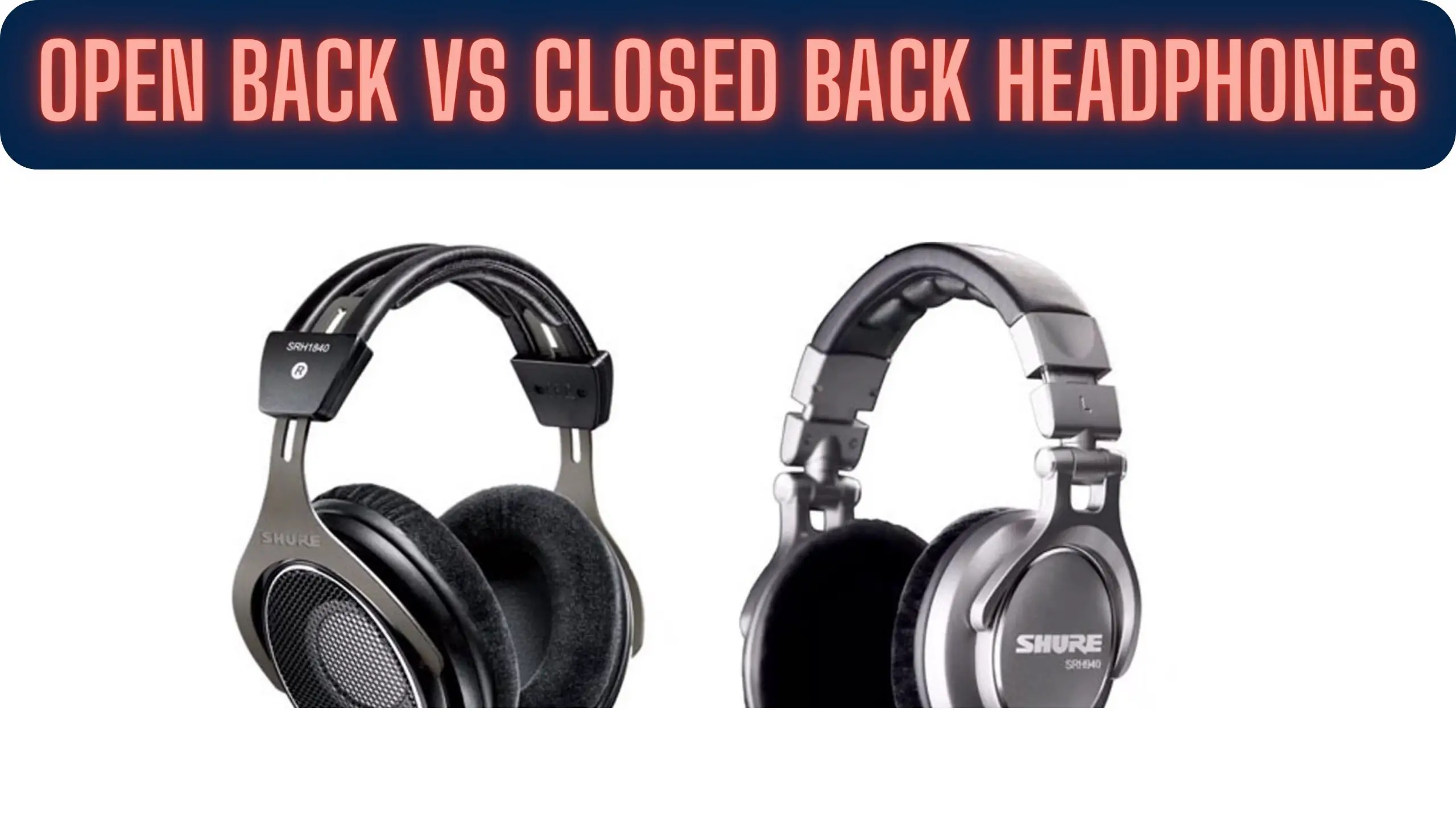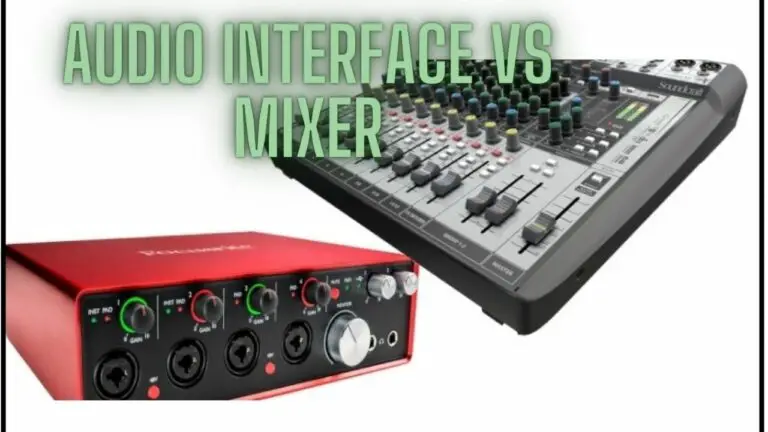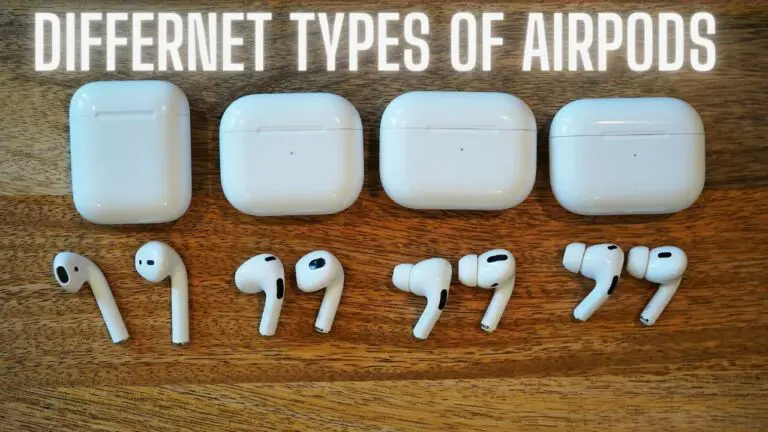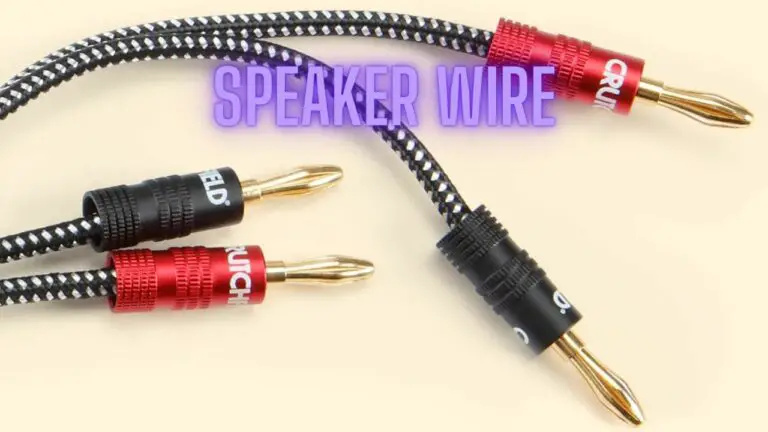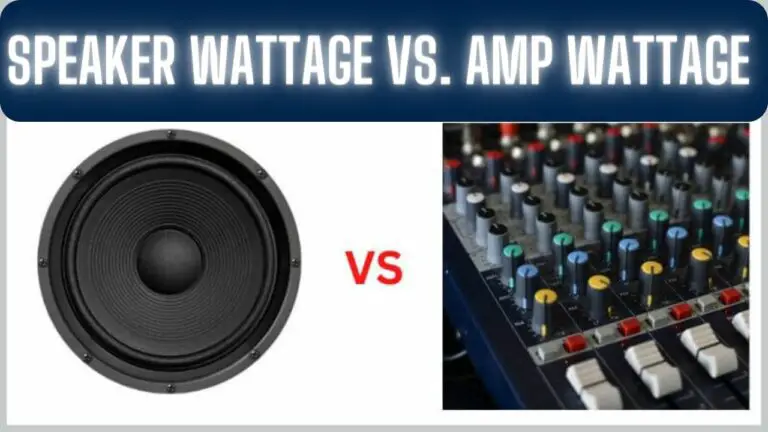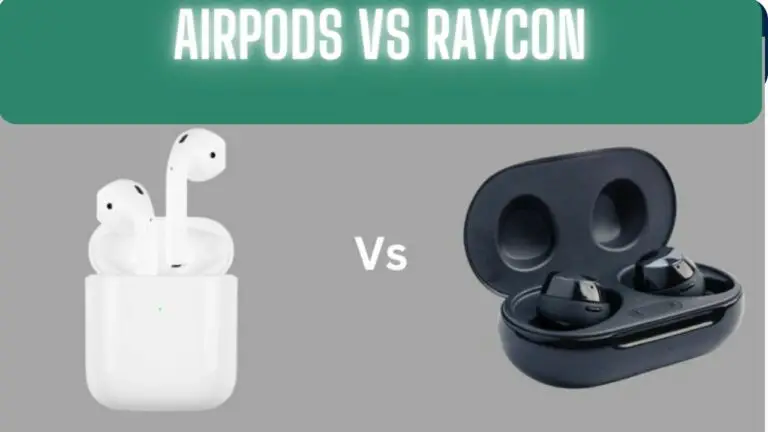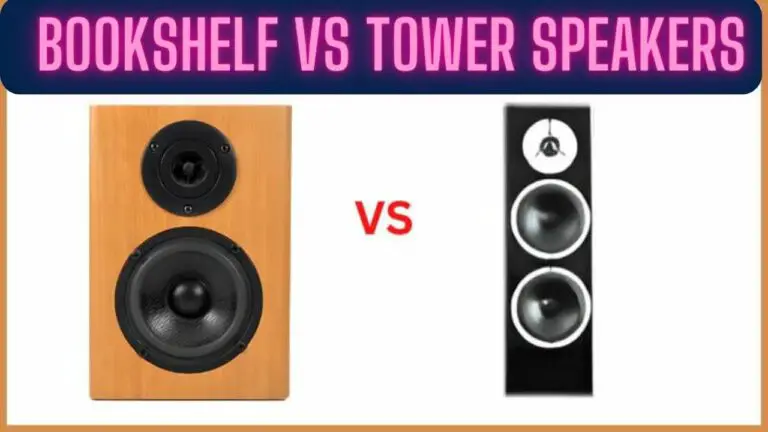Open Back vs. Closed Back Headphones: Exploring the Differences
Introduction
When choosing headphones, one of the decisions you’ll face is whether to go for open back or closed back headphones. These two types offer distinct listening experiences and are designed for different purposes. In this article, we’ll delve into the differences between open back and closed back headphones, their advantages and disadvantages, and the scenarios where each type shines.
Open Back Headphones:
Design and Sound Leakage: Open back headphones are designed with perforated ear cups that allow air and sound to pass through. This design creates a more open and spacious soundstage but also leads to sound leakage. People around you can hear what you’re listening to, and you can hear ambient sounds as well.
Sound Quality: Open back headphones typically offer a more natural and immersive audio experience. The open design prevents sound waves from reflecting back into the ear cups, resulting in a more open, airy, and less confined soundstage. This is often favored by audiophiles and those who value accurate sound reproduction.
Advantages:
- Wide soundstage and natural audio reproduction.
- Comfortable for extended listening sessions due to reduced pressure buildup.
- Less heat buildup around the ears.
Disadvantages:
- Sound leakage disturbs those around you.
- Ambient noise can interfere with your listening experience.
- Lack of isolation makes them less suitable for noisy environments.
Ideal Use Cases:
Open back headphones are great for critical listening, home audio setups, studio monitoring, and situations where sound leakage and isolation are not primary concerns.
Closed Back Headphones:
Design and Isolation: Closed back headphones feature sealed ear cups that prevent sound from escaping and outside noise from entering. This design provides better noise isolation, making them suitable for use in noisy environments or when you want to avoid disturbing others.
Sound Quality: While closed back headphones might have a slightly narrower soundstage compared to open back models, they often offer enhanced bass response due to the sealed design. This can result in a more punchy and impactful low-end.
Advantages:
- Excellent noise isolation, suitable for noisy environments.
- Reduced sound leakage, allowing for private listening.
- Enhanced bass response.
Disadvantages:
- Soundstage may feel more confined.
- Prolonged listening sessions might lead to heat buildup and discomfort.
- Sound quality might not be as natural as open back headphones.
Ideal Use Cases:
Closed back headphones are ideal for use in noisy settings, on-the-go listening, recording studios (for tracking), and situations where you want to keep your music to yourself.
Differences between Open Back vs. Closed Back Headphones
When it comes to choosing headphones, one of the fundamental distinctions you’ll encounter is between open back and closed back designs. Both types have their unique characteristics, advantages, and drawbacks. To help you make an informed decision, let’s explore the key differences between open back and closed back headphones:
1. Acoustic Design:
Open Back Headphones:
- Open back headphones have perforated ear cups or grilles that allow air and sound to pass through.
- The open design lets sound waves escape from the ear cups and interact with the surrounding environment.
- This design creates a more natural and spacious soundstage, simulating a speaker-like experience.
Closed Back Headphones:
- Closed back headphones feature sealed ear cups that isolate sound from the surroundings.
- The closed design prevents sound leakage and blocks external noise from entering the ear cups.
- The soundstage is often more confined, but the closed design enhances bass response.
2. Sound Quality:
Open Back Headphones:
- Open back headphones typically offer a more accurate and natural sound reproduction.
- The lack of reflections within the ear cups results in a cleaner audio response, especially in mid and high frequencies.
- The spacious soundstage provides a sense of depth and separation between instruments.
Closed Back Headphones:
- Closed back headphones can have a more pronounced bass response due to the sealed design.
- The closed design can lead to sound reflections within the ear cups, affecting the accuracy of sound reproduction.
- The soundstage might feel more centered, with less emphasis on spatial cues.
3. Noise Isolation:
Open Back Headphones:
- Open back headphones provide virtually no noise isolation.
- Sound leaks in and out of the ear cups, making them unsuitable for noisy environments.
Closed Back Headphones:
- Closed back headphones offer significant noise isolation due to the sealed design.
- They block out external noise, allowing for focused listening even in loud surroundings.
4. Privacy and Sound Leakage:
Open Back Headphones:
- Open back headphones leak sound, allowing others to hear what you’re listening to.
- They are not ideal for situations where you want to keep your music private.
Closed Back Headphones:
- Closed back headphones minimize sound leakage, ensuring your music remains private.
- They are a better choice for public spaces or when you don’t want to disturb others.
5. Comfort and Long Listening Sessions:
Open Back Headphones:
- The open design reduces pressure buildup around the ears, making them comfortable for extended listening.
- Airflow through the ear cups helps prevent heat buildup.
Closed Back Headphones:
- Closed back headphones might lead to heat buildup and discomfort during prolonged listening sessions.
- The sealed ear cups can create a sense of pressure over time.
6. Use Cases:
Open Back Headphones:
- Preferred for critical listening, studio monitoring, and audiophile applications.
- Ideal for quiet environments where sound leakage is not a concern.
Closed Back Headphones:
- Suitable for on-the-go listening, noisy environments, recording, and situations requiring noise isolation.
- Practical for scenarios where you want to keep your music to yourself.
Choosing Between Open Back and Closed Back:
Choosing between open-back and closed-back headphones depends on your specific needs, preferences, and usage scenarios. Here are some factors to consider for each type:
Open-back headphones:
- Sound Quality: Open-back headphones often provide a more natural and spacious soundstage. They tend to have better imaging and a wider sense of depth compared to closed-back headphones. This is because the open design allows air to move freely, resulting in less resonance and a more natural sound.
- Comfort: Open-back headphones typically allow for better airflow around your ears, reducing heat buildup and potential discomfort during long listening sessions. They can feel lighter on the head and generally cause less ear fatigue.
- Sound Leakage: Since open-back headphones have perforated ear cups or grilles, sound can escape easily. This means people around you may hear what you’re listening to, making open-back headphones less suitable for use in quiet environments or shared spaces.
- Isolation: Open-back headphones do not provide much isolation from external noise. While this can enhance the listening experience in quiet environments, it also means they are not ideal for noisy environments or situations where you need to block out external sounds.
Closed-back headphones:
- Sound Isolation: Closed-back headphones offer better isolation from external noise due to their sealed ear cups. This makes them suitable for use in noisy environments such as offices, commutes, or travel where you want to block out external sounds and focus on your music.
- Bass Response: Closed-back headphones often have stronger bass response compared to open-back headphones. The sealed design helps contain low-frequency sound waves, resulting in a more pronounced bass impact.
- Privacy: Since closed-back headphones don’t leak sound as much as open-back headphones, they provide more privacy for your listening experience. Others nearby are less likely to hear what you’re listening to, making closed-back headphones better for use in shared spaces or when privacy is desired.
- Portability: Closed-back headphones are generally more portable and suitable for on-the-go use. Their closed design helps prevent sound leakage and protects the drivers from external elements, making them more durable for travel or outdoor use.
In summary, if you prioritize sound quality, comfort, and plan to use headphones in quiet environments, open-back headphones might be the better choice. On the other hand, if you need better isolation, stronger bass, and more privacy, closed-back headphones would be more suitable. It’s essential to consider your specific preferences and usage scenarios when making a decision.
Frequently Asked Questions
What is the main difference between open back and closed back headphones?
The main difference lies in the design of the ear cups. Open back headphones have perforated ear cups that allow sound to escape and ambient noise to enter, creating a more open soundstage. Closed back headphones have sealed ear cups that provide better noise isolation but can result in a more confined soundstage.
Which type of headphones provides better sound quality?
Both types can offer high-quality sound, but the sound signature differs. Open back headphones often provide a more natural sound with a wider soundstage, while closed back headphones can have enhanced bass response due to the sealed design.
Are open back headphones suitable for noisy environments?
Open back headphones are not ideal for noisy environments because they don’t provide much noise isolation. They allow sound to leak in and out, which can be disruptive to others.
Can closed back headphones be used for critical listening?
Yes, closed back headphones can be used for critical listening, especially in environments where noise isolation is important. However, their soundstage might be narrower compared to open back headphones.
Which type of headphones is more comfortable for extended use?
Open back headphones are often considered more comfortable for extended listening sessions due to reduced pressure buildup around the ears and better airflow. Closed back headphones can lead to heat buildup and discomfort over time.
Do open back headphones have better spatial accuracy?
Yes, open back headphones tend to offer better spatial accuracy due to their wider soundstage and more natural sound dispersion. This can make them a preferred choice for immersive listening experiences.
Are closed back headphones suitable for recording purposes?
Closed back headphones are commonly used for recording purposes, especially in studio environments. The closed design provides better isolation for monitoring without sound leakage affecting microphones.
Which type of headphones is better for public spaces?
Closed back headphones are better for public spaces because they provide noise isolation and minimize sound leakage. This ensures that your music remains private and doesn’t disturb others.
Can open back headphones be used for gaming?
Open back headphones can be used for gaming, especially if you value a more natural soundstage and spatial accuracy. However, closed back headphones might be preferred for gaming in noisy environments where noise isolation is crucial.
Do closed back headphones have more powerful bass?
Closed back headphones can have a more pronounced bass response due to the sealed design. This can result in punchier and more impactful bass compared to open back headphones.
Conclusion
In the end, your decision should be based on the listening experience you desire and the scenarios in which you’ll be using the headphones. Whether you’re a music enthusiast, a professional in the audio industry, or someone who simply enjoys high-quality audio, both open back and closed back headphones have their unique advantages to offer.

